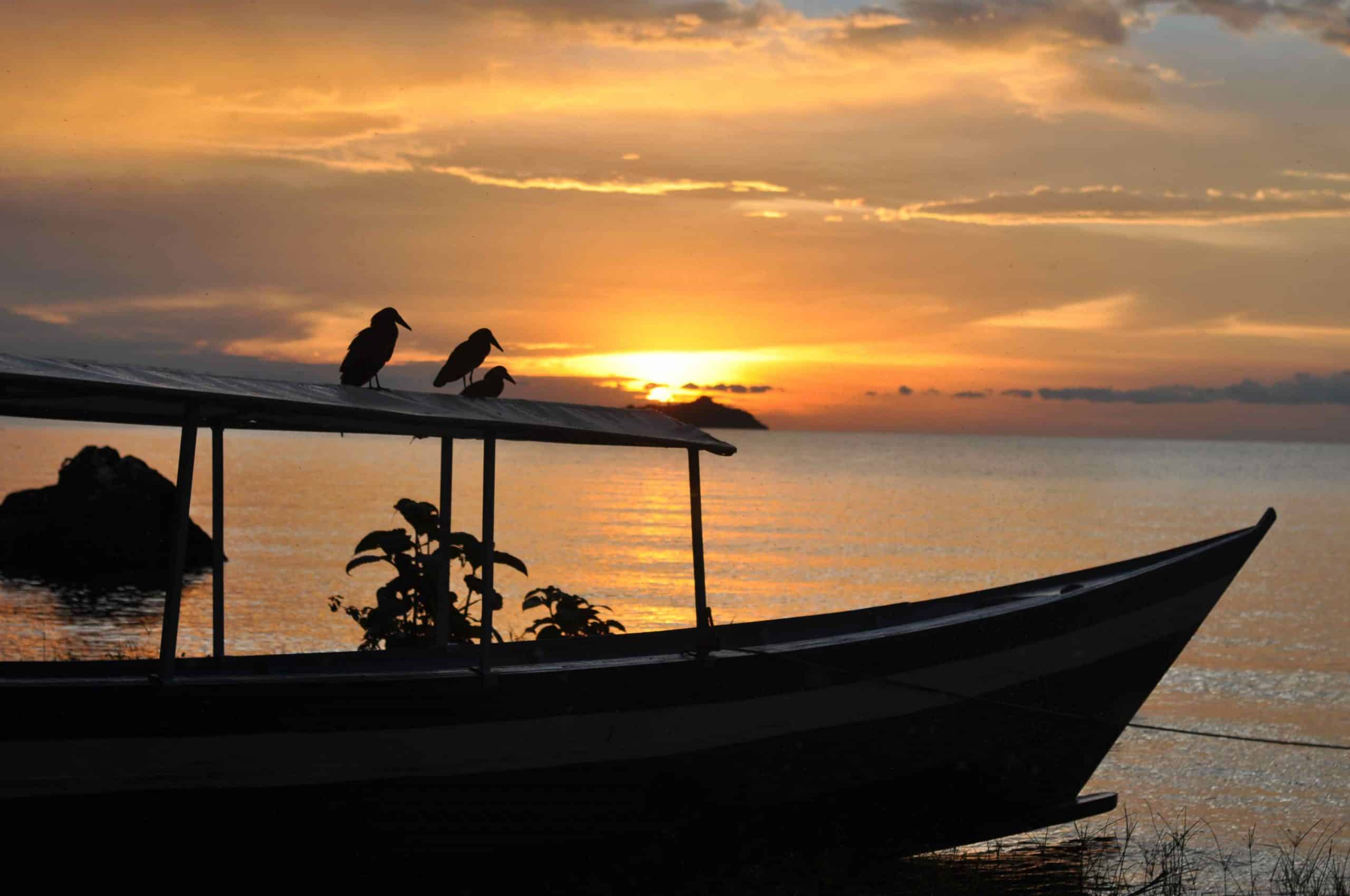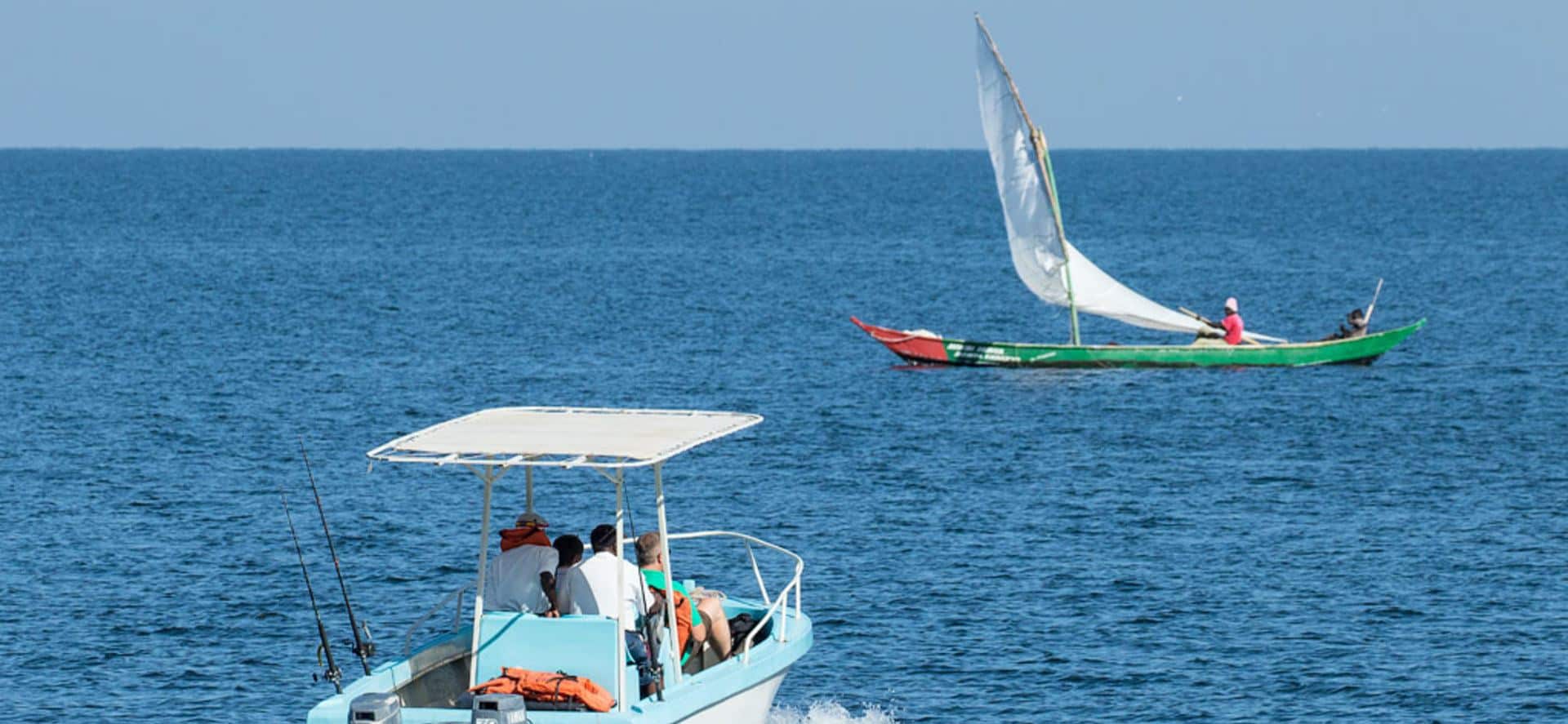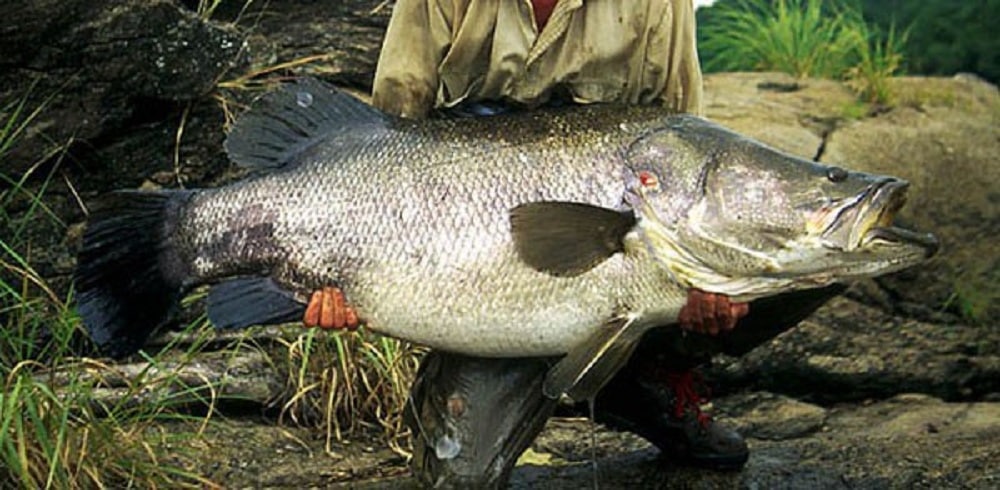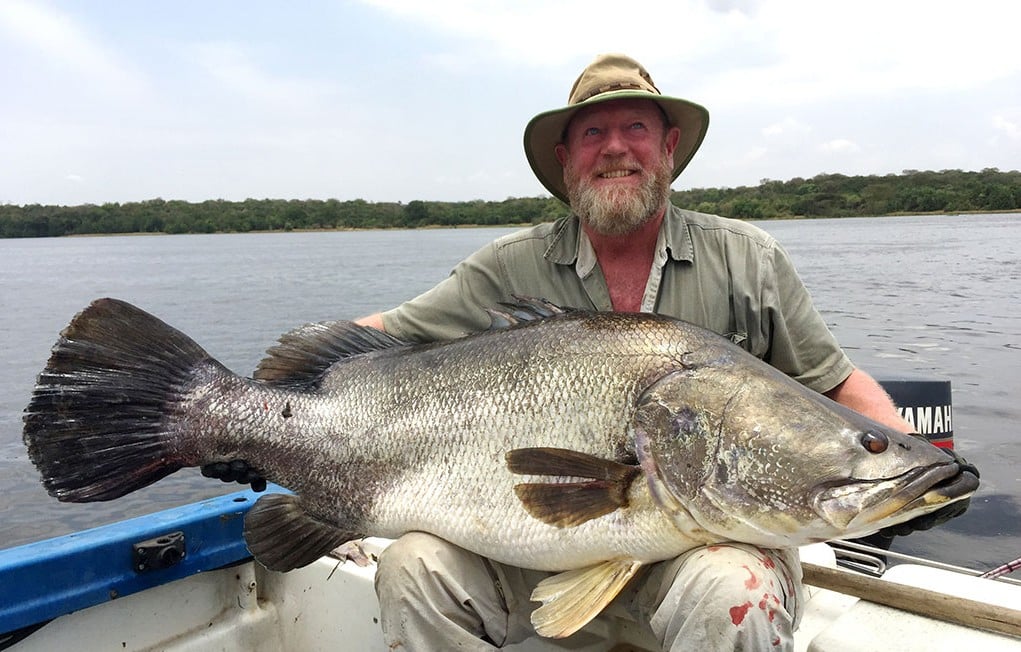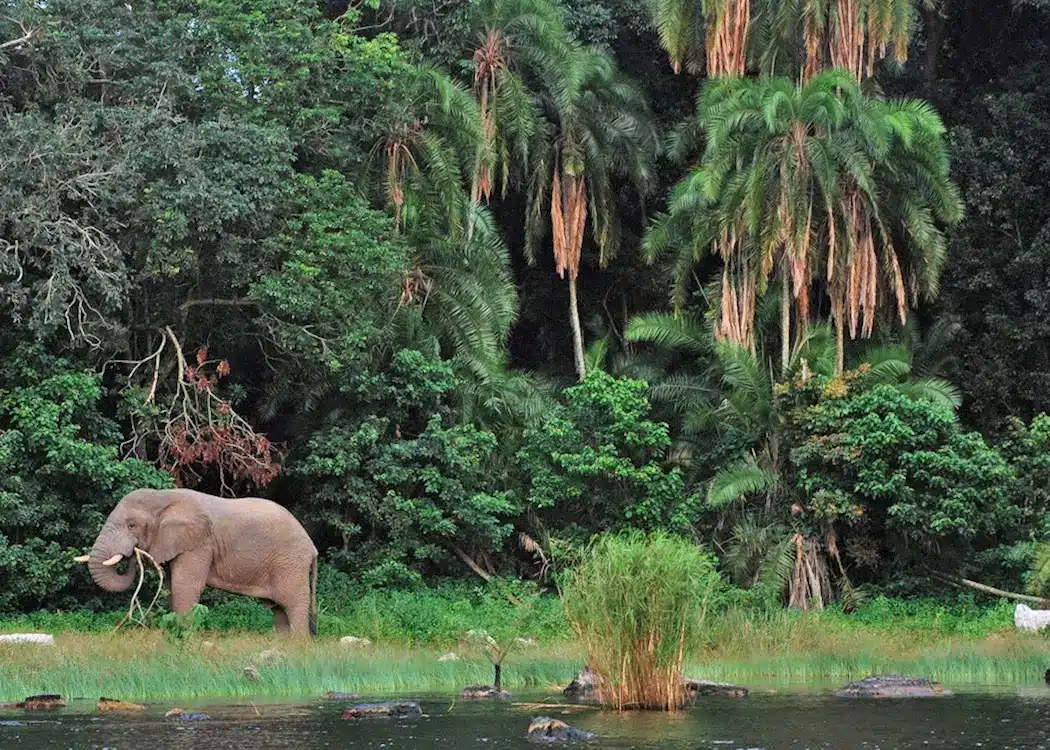Lake Victoria – Africa’s Largest Tropical Lake: Beauty, Biodiversity & Environmental Challenges
The Lake, nestled in the heart of East Africa, is more than just a massive body of water—it’s a living, breathing ecosystem that supports millions of people and countless species. As the largest tropical lake in the world and the second-largest freshwater lake by surface area globally, Lake Victoria is a geographic marvel with deep cultural roots, biodiversity, and ecological complexity.
But beneath its shimmering surface lies a complex story—one that blends natural beauty, rich heritage, and pressing environmental concerns. In this article, we’ll dive deep into the secrets of Victoria, uncovering its features, importance, and the urgent need for sustainable conservation.
🏞 The Magnificent Lake Victoria: A Natural Wonder in East Africa
🌍 Location & Geography
Lake Victoria lies at the intersection of Tanzania, Uganda, and Kenya, forming a massive inland sea at the core of the Great Rift Valley. Despite its vast area—approximately 68,800 square kilometers—it is relatively shallow, with a maximum depth of around 84 meters.
This shallow depth, combined with its size, makes Lake Victoria particularly sensitive to environmental changes, setting the stage for both ecological richness and vulnerability.
Biodiversity Hotspot: Life Beneath and Around the Waters
🐟 A Diverse Aquatic Ecosystem
Lake Victoria supports a thriving ecosystem that includes over 500 species of fish, many of which are endemic, meaning they are found nowhere else on Earth. Among them:
-
Nile perch – a dominant, though invasive, predator.
-
Tilapia – vital to local cuisine and commerce.
-
Cichlids – colorful fish with specialized ecological roles.
In addition to aquatic life, the lake’s shores host papyrus swamps, birds, reptiles, and a variety of mammals. Over 350 bird species, such as kingfishers, herons, and African fish eagles, make Lake Victoria a birdwatcher’s paradise.
🌿 Flourishing Flora
Surrounding Lake Victoria is a vibrant belt of vegetation, including acacia trees, papyrus reeds, and aquatic plants that provide critical habitat and act as natural water filters.
🧬 Cultural Importance: The Soul of East African Communities
For centuries, Lake Victoria has served as the lifeblood of local communities. Known locally as Victoria Nyanza, the lake holds profound cultural, spiritual, and economic importance for several ethnic groups, including the Luo, Baganda, and Sukuma.
🌾 Livelihoods & Traditions
-
Fishing is a cornerstone of life, both for subsistence and trade.
-
Boat building, storytelling, and traditional ceremonies are closely linked to the lake.
-
In many communities, the lake is considered sacred, and its waters are treated with reverence.
⚠️ Environmental Challenges: A Fragile Ecosystem at Risk
Despite its grandeur, Lake Victoria faces growing threats that jeopardize its ecological balance and the lives it supports.
1. 🚯 Pollution: The Silent Killer
One of the most significant threats is pollution, originating from:
-
Urban wastewater from expanding lakeside towns.
-
Agricultural runoff containing fertilizers and pesticides.
-
Industrial discharge from factories lacking waste treatment.
The result? Algal blooms, reduced oxygen levels, and deteriorating water quality. These changes harm aquatic life, affect human health, and limit the usability of the lake.
2. 🐟 Overfishing: A Resource Under Siege
Lake Victoria’s fish populations are under severe pressure from:
-
Unregulated fishing practices
-
Destructive gear such as beach seines and undersized nets
-
Rising demand from growing populations and global markets
The depletion of fish stocks not only endangers biodiversity but also threatens food security and livelihoods.
3. 🌊 Invasive Species: The Nile Perch Controversy
In the 1950s, the Nile perch was introduced to boost commercial fishing. While it became a lucrative industry, it also caused:
-
The extinction of hundreds of native cichlid species
-
An imbalance in the lake’s food web
-
Increased demand for wood fuel to smoke the oily fish, contributing to deforestation
This ecological domino effect underscores the dangers of non-native species in delicate ecosystems.
🔄 Conservation & the Way Forward: Protecting Lake Victoria’s Legacy
Preserving Lake Victoria for future generations requires coordinated, regional efforts involving governments, NGOs, researchers, and local communities.
🌱 Key Solutions:
-
Improving waste management systems in lakeside cities
-
Regulating fishing practices and enforcing sustainable quotas
-
Rehabilitating wetlands and planting native vegetation
-
Raising awareness about the lake’s importance and challenges
By investing in sustainable development and environmental education, we can strike a balance between progress and preservation.
🧳 Visit Lake Victoria: A Gateway to East African Beauty
A trip to Lake Victoria is more than a vacation—it’s a journey through culture, nature, and time. Whether you’re watching the sun rise over the water, visiting a traditional fishing village, or taking a canoe through tranquil bays, the lake offers authentic and immersive travel experiences.
🏕 Plan Your Journey with Great Image Expedition
Experience Lake Victoria and Tanzania’s natural wonders with Great Image Expedition, your local travel expert. Every booking includes a dedicated safari guide, personalized itineraries, and access to exclusive lodges and camps.
🧭 Combine your Lake Victoria visit with:
-
Cultural tours with local communities
📩 E-mail: info@gie.co.tz
🌍 Website: www.gie.co.tz
📌 FAQs About Lake Victoria
Q1: What countries share Lake Victoria?
A: Lake Victoria is bordered by Tanzania, Uganda, and Kenya.
Q2: What is the origin of Lake Victoria’s name?
A: The lake was named after Queen Victoria by British explorer John Hanning Speke in 1858.
Q3: Can tourists visit Lake Victoria?
A: Absolutely! Popular spots include Mwanza (Tanzania), Entebbe (Uganda), and Kisumu (Kenya), each offering unique cultural and natural attractions.
Q4: Is Lake Victoria safe to swim in?
A: In select areas with minimal pollution, yes—but visitors should always consult local guides due to risks like bilharzia or hippos.
Q5: What makes Lake Victoria ecologically unique?
A: Its combination of tropical climate, shallow depth, and endemic species makes it one of the most biologically productive freshwater ecosystems in the world.
🌍 Final Thoughts: Lake Victoria’s Future Is in Our Hands
Lake Victoria is a crown jewel of Africa—majestic, essential, and deeply intertwined with the life around it. But its beauty comes with responsibility. With rising environmental challenges, the time to act is now.
By supporting eco-conscious travel, advocating for conservation, and engaging local communities, we can ensure that this iconic lake remains vibrant for generations to come.
Explore. Respect. Protect. That’s the way to experience Lake Victoria.
